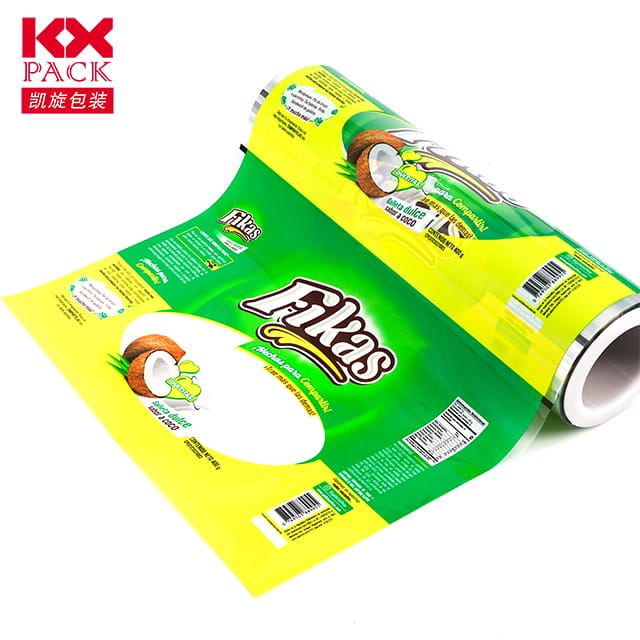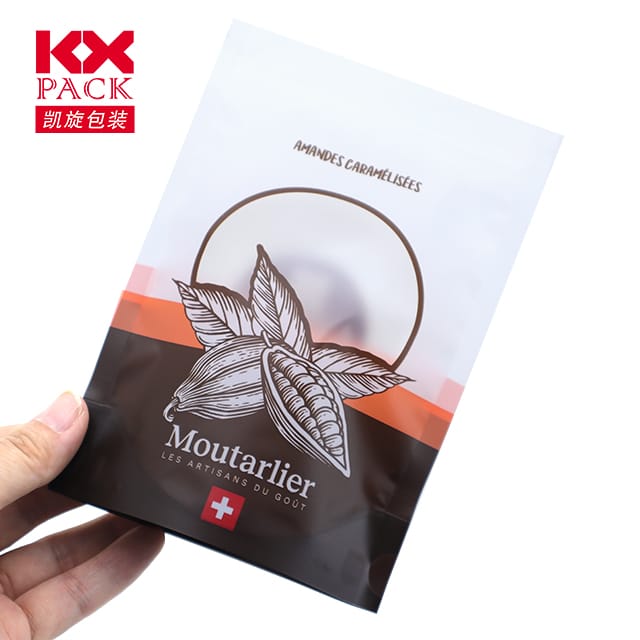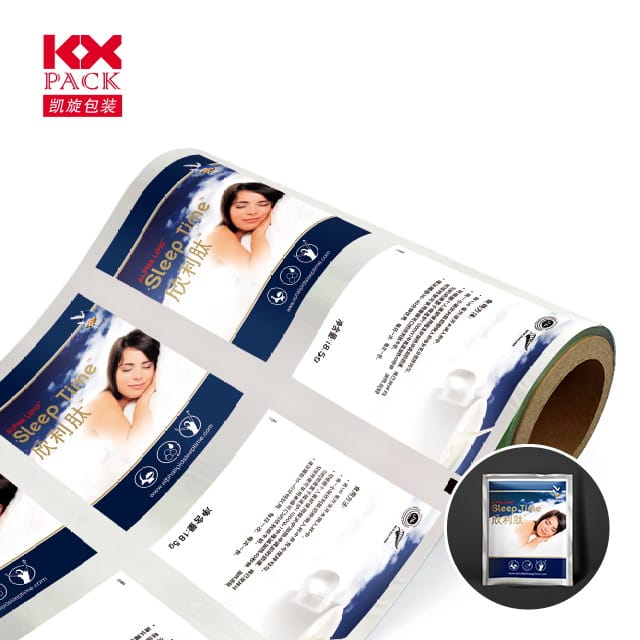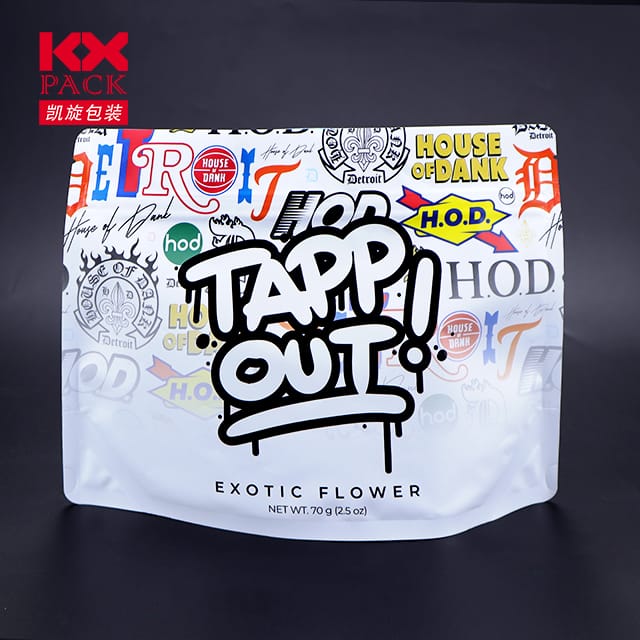塑料膜包装的作用和演变: 平衡功能与可持续性
塑料膜包装
塑料膜包装长期以来一直是现代消费品的基石, 食物, 和工业部门. 它的多功能性, 成本效益, 并保持产品新鲜度的能力使其必不可少. 然而, 随着环境问题的关注, 制造商和消费者都在重新评估其角色. 让我们探索塑料胶片包装的动态, 它的挑战, 及其可持续的未来.
为什么塑料膜包装主导市场
塑料薄膜, 包括聚乙烯 (体育), 聚丙烯 (聚丙烯), 和聚氯乙烯 (PVC), 因几个原因而受到青睐:
- 保护和保存: 这些电影是防湿的障碍, 氧, 和污染物, 延长诸如食物之类的易腐烂商品的保质期, 药品, 和电子产品.
- 轻巧和灵活: 它们的锻造性允许自定义形状和尺寸, 减少材料浪费和运输成本.
- 成本效率: 与玻璃或金属等替代品相比, 塑料膜的生产和运输便宜, 使它们非常适合大众市场产品.
- 透明度和可打印性: 清晰的电影展示产品, 印刷设计增强了品牌和消费者的吸引力.
环境挑战和行业回应
尽管有优势, 塑料膜包装由于环境影响而面临严重批评:
- 一次性废物: 大部分塑料薄膜最终出现在垃圾填埋场或海洋中, 造成污染和损害野生动植物.
- 回收障碍: 许多塑料膜由于污染而难以回收, 混合材料, 或缺乏基础设施.
作为回应, 该行业正在朝着可持续的替代方案:
- 可生物降解和可堆肥膜: 创新包括基于植物的聚合物 (例如。, 玉米淀粉的PLA) 以及可加速自然环境分解的氧降解添加剂.
- 回收内容: 制造商正在纳入消费后的回收 (pcr) 材料成电影, 减少对原始塑料的依赖.
- 可重复使用的包装系统: 品牌正在尝试可再填充的容器和返回型号,以最大程度地减少一次性废物.
- 先进的回收技术: 化学回收方法, 例如热解, 正在探索以将混合塑料变成可重复使用的原材料.
行业趋势塑造未来
- 监管压力: 全世界政府对塑料使用施加更严格的规则. 例如, 欧盟的一次性塑料指令禁止某些不可回收的物品, 推动公司创新.
- 消费者对环保选择的需求: 调查显示 70% 消费者愿意为可持续包装付出更多, 驾驶品牌采用绿色解决方案.
- 循环经济计划: 领先的公司正在投资收集包装的闭环系统, 回收, 并无休止地重新利用.
- 技术进步:
- 屏障涂料: 纳米技术增强膜改善氧气和耐水性, 减少对厚的需求, 多层包装.
- 可食用的电影: 用海藻或淀粉制成, 这些可生物降解的涂料正在食品行业中受到关注.
案例研究: 可持续包装的成功
拿环形, 与联合利华和雀巢等品牌合作的全球可重复使用的包装平台. 客户以耐用的方式收到产品, 可重复使用的容器, 收集的, 清洁, 并补充. 该模型最多减少了塑料废物 90% 与一次性包装相比.
相似地, 阿佩尔科学 已经开发了可食用的, 延长水果和蔬菜的保质期的植物涂层, 减少对塑料包装的需求.
前进的路: 协作与创新
实现塑料胶片包装的可持续未来需要集体努力:
- 行业合作: 制造商, 零售商, 回收商必须共同努力以标准化回收流程并投资基础架构.
- 消费者教育: 提高人们对适当处置和回收习惯的认识至关重要.
- 政策支持: 政府应通过税收减免或拨款来激励可持续实践&丁.
结论
塑料膜包装在十字路口. 虽然其功能仍然无与伦比, 行业必须优先考虑可持续性才能生存. 通过拥抱可生物降解的材料, 循环经济模型, 和创新技术, 制造商可以减少环境足迹而不会损害质量或成本效益.
问题不再无论 使用塑料膜包装, 但如何 负责任地使用它. 未来属于那些平衡创新与生态意识的人.
您认为品牌应采取什么步骤使塑料膜包装更可持续? 让我们在评论中讨论! 🌍📦
关键字: 塑料膜包装, 可持续性, 可生物降解, 循环经济, 回收, 创新.







